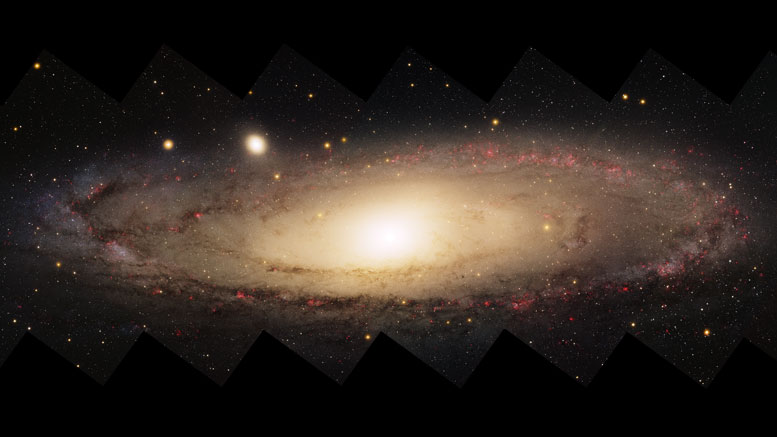
This image was created with data from the Local Group Survey, completed with the Mosaic camera on the Mayall 4-meter telescope at Kitt Peak National Observatory. M31, M33, and our Milky Way are the three largest members of the Local Group of galaxies. M31 is a spiral galaxy very similar in size and mass to our own. Ten ‘pointings’ of the camera along the galaxy in five filters were used to make the image. You could line seven full moons across the image. The image was generated with observations with the U (violet), B (blue), V (cyan), I (orange) and H-alpha (red) filters. The five filters show the star colors and HII star forming regions in vivid detail. This image is rotated CW 127 degrees from North is up, East to the left.
A team of astronomers from the Harvard-Smithsonian Center for Astrophysics has discovered white dwarf stars in the disc of the Milky Way galaxy, and measured their properties to obtain an age to the disc of at least eleven billion years.
When a star like our sun gets to be very old, after another seven billion years or so, it will no longer be able to sustain burning its nuclear fuel. With only about half of its mass remaining, it will shrink to a fraction of its radius and become a white dwarf star. White dwarfs are common, the most famous one being the companion to the brightest star in the sky, Sirius. As remnants of some of the oldest stars in the galaxy, white dwarfs offer an independent means of dating the lifetimes of different galactic populations.
A globular cluster is a roughly spherical ensemble of stars (as many as several million) that are gravitationally bound together and typically located in the outer regions of galaxies. The white dwarf stars in the Milly Way’s globular clusters reveal an age spread of between eleven and thirteen billion years. By contrast, the thick disk of the galaxy is thought to be older than ten billion years but that figure is not very well constrained. White dwarfs in the disc can be used to refine those age estimates and, since they are closer and brighter to us than those in globular clusters, they can provide more detailed information. However, they are not located in well-defined regions like clusters and so they are also harder to spot.
CfA astronomer Warren Brown and his colleagues used the 6.5-m Multiple Mirror Telescope (MMT) to obtain spectra of fifty-seven white dwarf candidate stars in the disk first discovered in all-sky surveys. Modeling the spectra of these stars revealed a mixture of types (for example, some stars had atmospheres of pure helium and others of pure hydrogen) and also an age for the disc of eleven billion years. The result is consistent with the current age estimates for the thick disc but also suggests that the current minimum age estimate might be increased. Additional measurements are needed to refine the age range, and the scientists predict that large-scale sky surveys now underway will significantly increase the number of non-cluster white dwarfs and enable the determination of their parameters.
Reference: “New Halo White Dwarf Candidates in the Sloan Digital Sky Survey” by Kyra Dame, A. Gianninas, Mukremin Kilic, Jeffrey A. Munn, Warren R. Brown, Kurtis A. Williams, Ted von Hippel and Hugh C. Harris, 24 September 2016, MNRAS.
DOI: 10.1093/mnras/stw2146

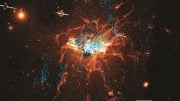


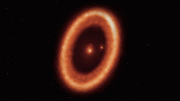
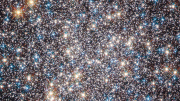

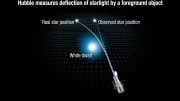
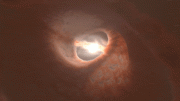
Be the first to comment on "Astronomers Discover White Dwarf Stars in the Disc of the Milky Way"